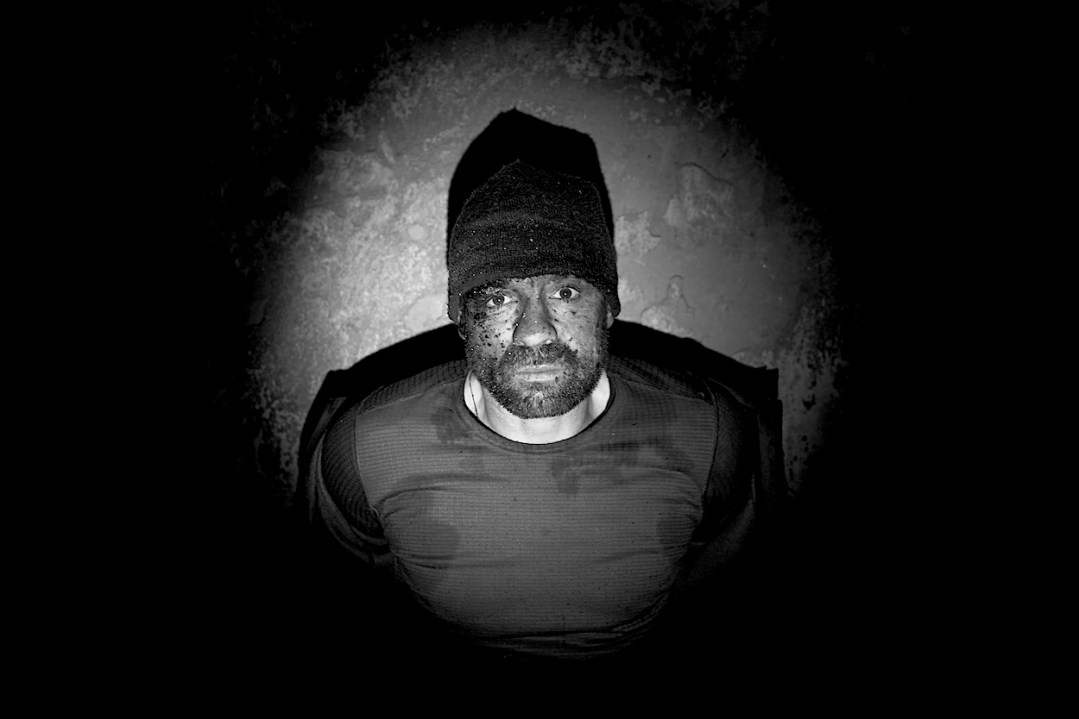Vladimir Putin’s summer offensive is fully under way: all day and night, Russian infantrymen run at Ukrainian positions in endless waves. Even when struck, the survivors don’t retreat or take cover but keep running forward, until there are so many of them that no amount of drones or shells can stop them. That’s how Russian troops have broken into yet another Ukrainian region: the Dnipropetrovsk Oblast.
Turning another Ukrainian region into a war zone strengthens Moscow’s hand at the negotiating table
The push came near the village of Horikhove, on the border between the Donetsk and Dnipropetrovsk regions, as the Kremlin declared a new phase in its ‘denazification’ campaign. Dmitry Peskov, Putin’s press secretary, claimed that the Russian penetration into the region is part of an effort to create a buffer zone in Ukraine, but this phrase is no more than the Kremlin’s usual code for territories it has yet to seize but fully intends to. Once it is captured, ‘the buffer zone’ will move deeper into Ukraine, again and again, until there is no country left for Russia to invade.
Russian advances into Dnipropetrovsk have so far stretched no more than a few dozen metres. Militarily, the gains are insignificant. But they are symbolic: turning another Ukrainian region into a war zone strengthens Moscow’s hand at the negotiating table. At the recent talks in Istanbul, Russia’s chief negotiator, Vladimir Medinsky, threatened to seize as many as eight regions if Kyiv refuses to surrender four now. ‘Russia is prepared to fight forever,’ he said, before asking: can Ukraine? With Russian troops stepping into Dnipropetrovsk and seizing a dozen villages in the northeastern Sumy region, Medinsky’s threat is no bluff.
In Sumy, the battlefield developments are far bleaker for Ukraine. The chaotic and costly withdrawal from Russia’s Kursk region left Ukraine’s side of the border exposed. For more than six months, Kyiv failed to use the time bought by the Kursk operation to build proper fortifications. Construction only began recently, as did the installation of nets to shield roads from FPV drones. The result is that over the past month, Russian forces have seized nearly 80 square miles along the border northeast of Sumy, roughly a fifth of the territory Ukraine captured in Kursk during last summer’s counter-offensive. Until this week, Ukraine’s military command refused to publicly acknowledge the opening of this new front line, and journalists remain banned from reporting in the area.
It remains unclear whether the Russian army has been ordered to seize Sumy, a city of some 250,000 people. If they could, they would, but the more likely aim is to stretch Ukrainian forces thin and draw units away from the Donetsk region, the main target of Putin’s summer offensive. Just as Kyiv launched the Kursk operation to force Russian troops to defend their own territory instead of pushing on Pokrovsk last year, now Moscow is playing the same card, forcing Ukraine to choose which front to defend. There are no easy options, and launching another incursion into Russia to disrupt Moscow’s offensive won’t work this time. Russia has more manpower, more missiles, more drones and more ammunition.
The weakest spot in Ukraine’s defences remains an old one: the chronic shortage of men. Every month, Ukraine conscripts around 15,000 fewer soldiers than Russia. The infantry shortage is now so acute that some trenches stay empty, defended only by drones.
Russia has also taken the lead in drone warfare, using fibre-optic drones – immune to jamming as they are physically connected to their operator by a cable – to cut Ukrainian supply routes. Ukraine, once ahead in battlefield tech, is now behind. Only recently have brigades started receiving their first batches of fibre-optic drones, while Russia has deployed them en-masse since last autumn. As a result, delivering weapons and supplies to the front line today is considered the most dangerous job in Ukraine’s army.
The main battle of this summer will rage in Kostiantynivka, Druzhkivka and Pokrovsk, as Putin refuses to give up his goal of capturing the Donetsk region completely. Given that Russian forces have been bogged down in this area since 2014, a rapid breakthrough that will allow Russians to seize Kramatorsk and Sloviansk at the same time looks unlikely. Still, Ukrainians must prepare to defend their land on several fronts at once. As long as Russian troops keep eating into more Ukrainian territory, even metre by metre, no peace talks will work because Putin won’t see a reason to stop.
This article appears in Svitlana’s Ukraine in Focus newsletter. Sign up here








Comments